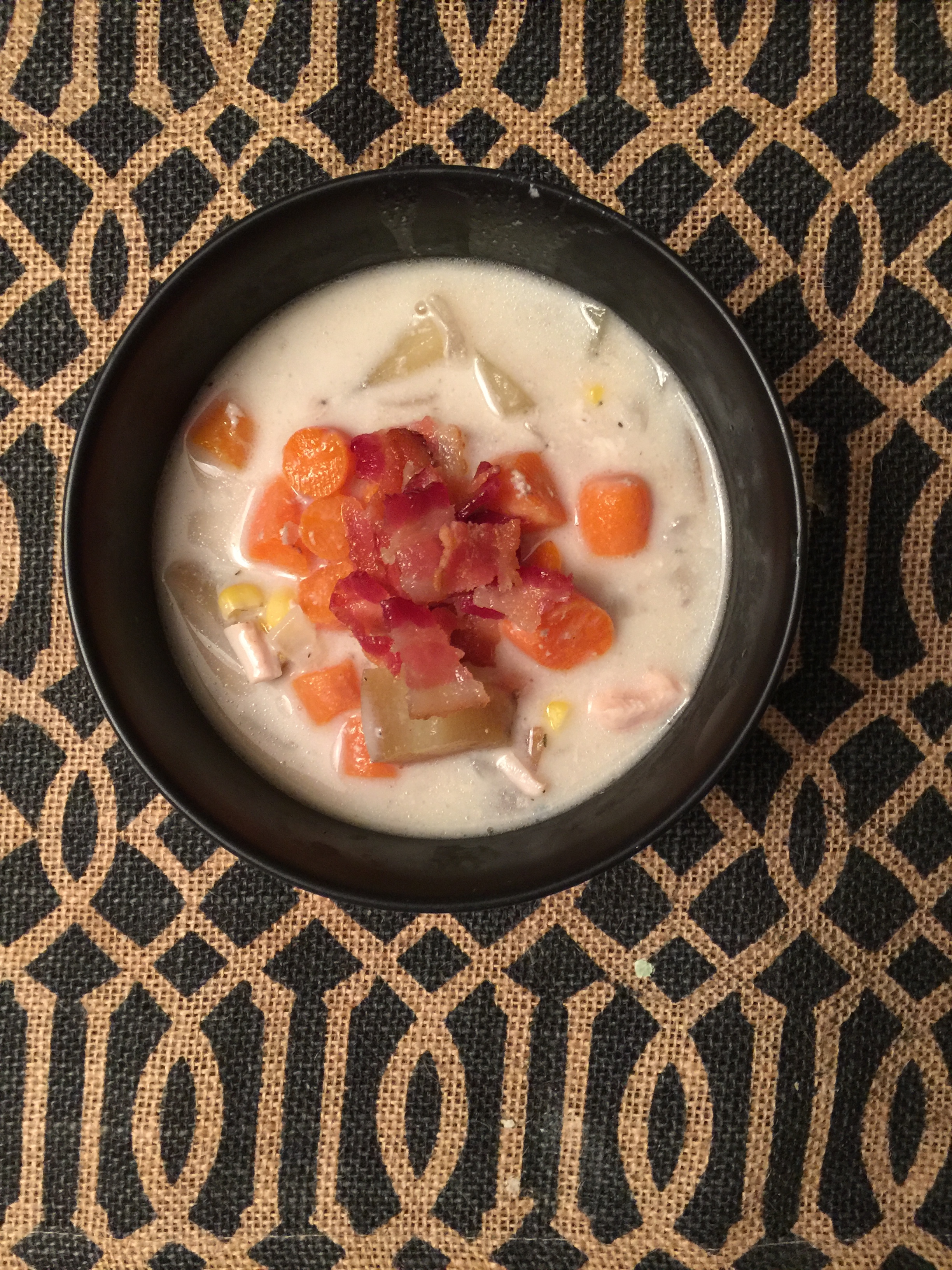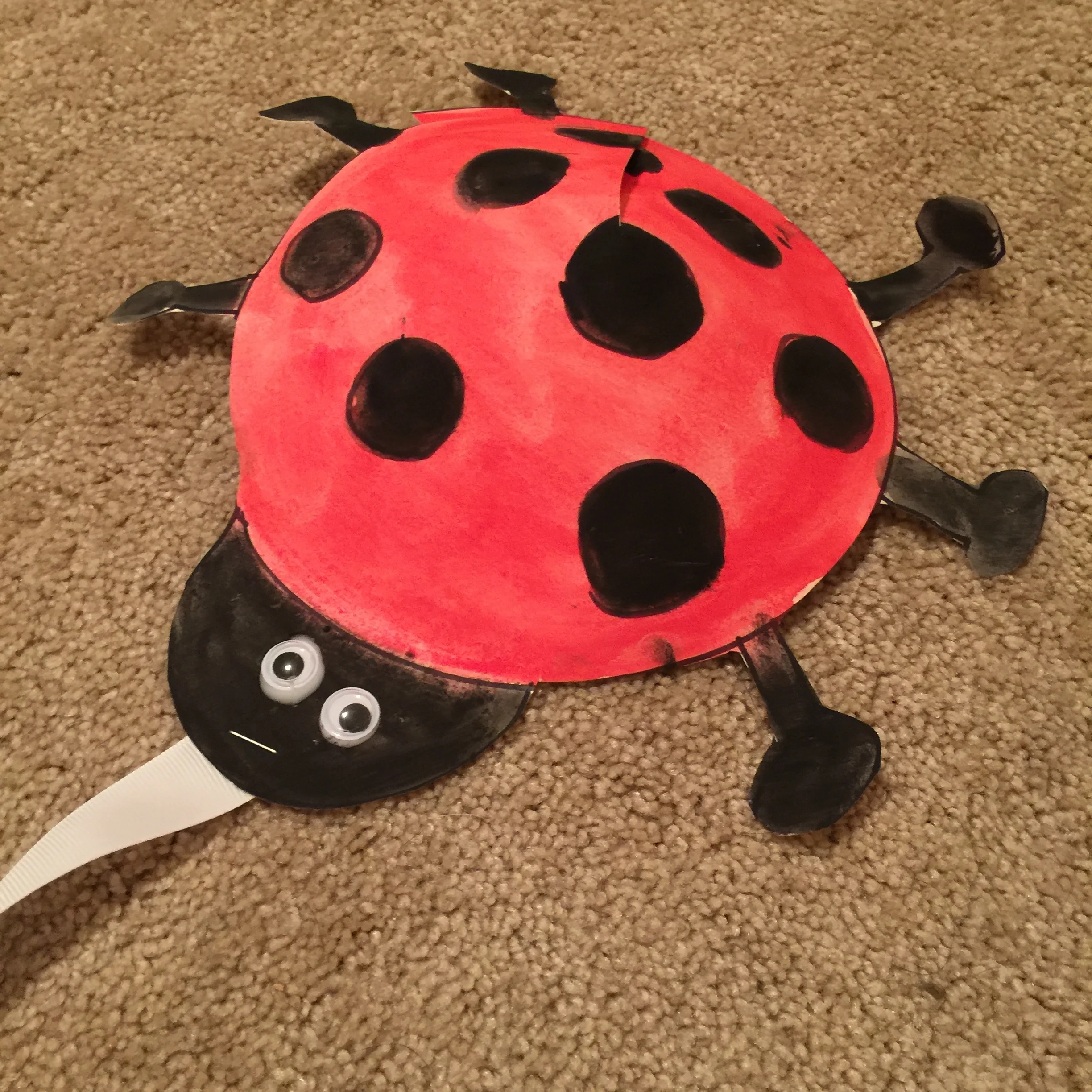Iron-On Storage Bins
I recently went to a baby shower where we made custom baby onesies for the mom-to-be, and I loved it! And not the kind of onesies where you draw some awful picture with puffy paint. We did iron-ons with fabric and I was surprised at the creativity and unique ideas everyone had, especially the ladies who claimed they weren't creative. So it gave me an idea to personalize the baby nursery a bit...custom storage bins!
Custom Storage Bins
I recently purchased a set of plain gray fabric storage bins for keeping toys, books and accessories organized and out of sight. While they are were a great solution for the shelves in the room, they were pretty dull and boring for a baby nursery. With my new found inspiration and love of iron-on adhesive paper, I decided to make the beach themed!
Basic Supplies
There are a few items you need to purchase to get started, but luckily the iron-on adhesive paper and fabric square bundles give you way more than you’ll need for one project. Which means you’ll have lots of great inventory for future DIY projects and custom baby gifts!
Supply List:
- iron
- marker
- paper
- sharp scissors
- iron-on adhesive paper (Thermoweb Heat’n Bond Ultra Hold Iron-On Adhesive)
- storage bins (I used Sorbus Foldable Storage Cubes)
- fabric (see below)
Step 1: Pick Your Theme
This should be the easiest step for you if you have already decided on the theme for your baby nursery. And if not, think of universal ideas that could work with a variety of themes - animals, cupcakes, letters/numbers, trucks, sports, etc. If you need more help, dig around on Google for cartoon images of your ideas and draw them on paper. And remember, they don’t have to be perfect! Choose designs that can be easily interpreted into simple shapes and you’ll be amazed at how cute they can look with a few scissor cuts.
Step 2: Choose Your Colors and Patterns
Go through each design and select the fabrics you’re going to use. I really like to mix solid fabrics with patterns in the same color palette. I encourage you to think outside of the box and to not be so literal with your color choices. For example, a shark doesn’t have to be gray. Maybe it can be blue...and it’s fins can be purple...or it’s belly is striped….be creative!
TIP: Small and detailed patterns are best. Try and steer away from large patterns, since they can be difficult to see once cut into small pieces. Most of your designs will be under 10” wide for the storage bin designs.
Here are my favorite pre-cut fabric square packs on Amazon (usually 40 per pack):
- Solids: Robert Kaufman Kona Cotton Solids, 5-inch Precut Cotton Fabric Squares
- Polka Dots: Dottie Moda Charm Pack, 5-inch Precut Cotton Fabric Squares
- Tie-Dye Swirl: Benartex Tie-Dye Bali Batiks, 5-inch Precut Cotton Fabric Squares
- Chevrons: Chevrons Charm Pack, 5-inch Precut Cotton Fabric Squares
- Fun Patterns: Moda Figures Charm Pack, 5-inch Cotton Fabric Squares
TIP: If you purchase your fabric from somewhere else, make sure it’s not a material that will melt with an iron or fray when cut. That’s why I choose the pre-cut fabric square packs on Amazon, because I know that they are made for DIY projects and have clean edges.
Step 3: Apply Iron-On Adhesive Paper to Fabric
Iron-on adhesive paper (like Heat’n Bond) is a heat activated adhesive that can be bonded to any type of fabric. It acts as a glue for your fabric patterns so they can be applied to another fabric surface, like the fabric storage cubes or clothing. It is applied in a two-step ironing process, first by adhering to your fabric and then later to your fabric storage bins (or other surface).
To make things easier on yourself, I recommend prepping all of your fabric squares with the iron-on adhesive at once. The Heat’n Bond paper comes in a large roll, so you’ll need to cut it up to fit your fabric. If you’re using the pre-cut fabric squares from Amazon this can go pretty quick, since they’re all the same size.
TIP: Make sure that the adhesive paper doesn’t go past the edges of the fabric or it will stick to your table! Cut just a little shorter than the actual fabric size.
Make sure to read the directions for your specific iron-on adhesive paper before ironing onto your fabric. But in general, most iron-on adhesives are made for low heat ironing. Place the tacky side of the adhesive paper onto the back of the fabric, and then iron for about 3-5 seconds to adhere the adhesive paper to the fabric. Leave the peel-off paper backing on until you are ready to transfer the fabric to your storage bins (final step).
TIP: Applying the iron-on adhesive paper before cutting out the shapes makes cutting the fabric so much easier!
Step 4: Transfer Your Drawings
Now you’ll need to transfer your drawings onto the fabric squares so you can cut them out. Deconstruct your designs into pieces and draw them onto the back of the fabric.
Remember that when you draw your design on the back of the fabric it will actually be reversed after you cut it out. So you may need to cut out your paper design first, to use as a pattern to trace onto the fabric squares. That way you can flip it over to trace, especially for letters and numbers!
After the drawings are on the fabric, cut them and lay them out to see how they all fit together.
TIP: Some designs are more complicated than others, so take it step by step! If it is too overwhelming, you can always simplify your design.
Step 5: Create Your Design
The key to transferring your design to the storage bins is to work in layers starting with the background and moving forward. For example, if you take a look at the finished crab design in the image, you can see that the eyeballs are 3 pieces of fabric. I started with the polka-dot pattern first and ironed those on, then the white eyeballs, and then the pupils. I did not iron all three pieces on at once.
TIP: Set your iron to a medium heat, it doesn’t have to be that hot to adhere to the storage bin. Also, make sure not to apply heat too long, 3-5 seconds will do it! This is definitely a case of more is NOT better. Too much heat can actually cause the glue to release and the fabric will fall off.
As stated in Step 3, there is a paper backing on the back of the adhesive paper that covers an additional side of adhesive (like a double sided sticker). Peel off this paper to expose the adhesive, and then place the fabric pieces onto the storage bin surface. Once you have it all lined up, iron it onto the surface. Apply an even heat to the entire surface, and make sure to focus on the edges so they are secure (especially important if applying designs to clothing that will be going through the laundry).
TIP: Some storage bin surfaces may not be able to handle the heat of your iron, so test carefully. If that is the case, just focus the tip of the iron right on the cut out pieces and try and not touch the storage bin surface too much.














